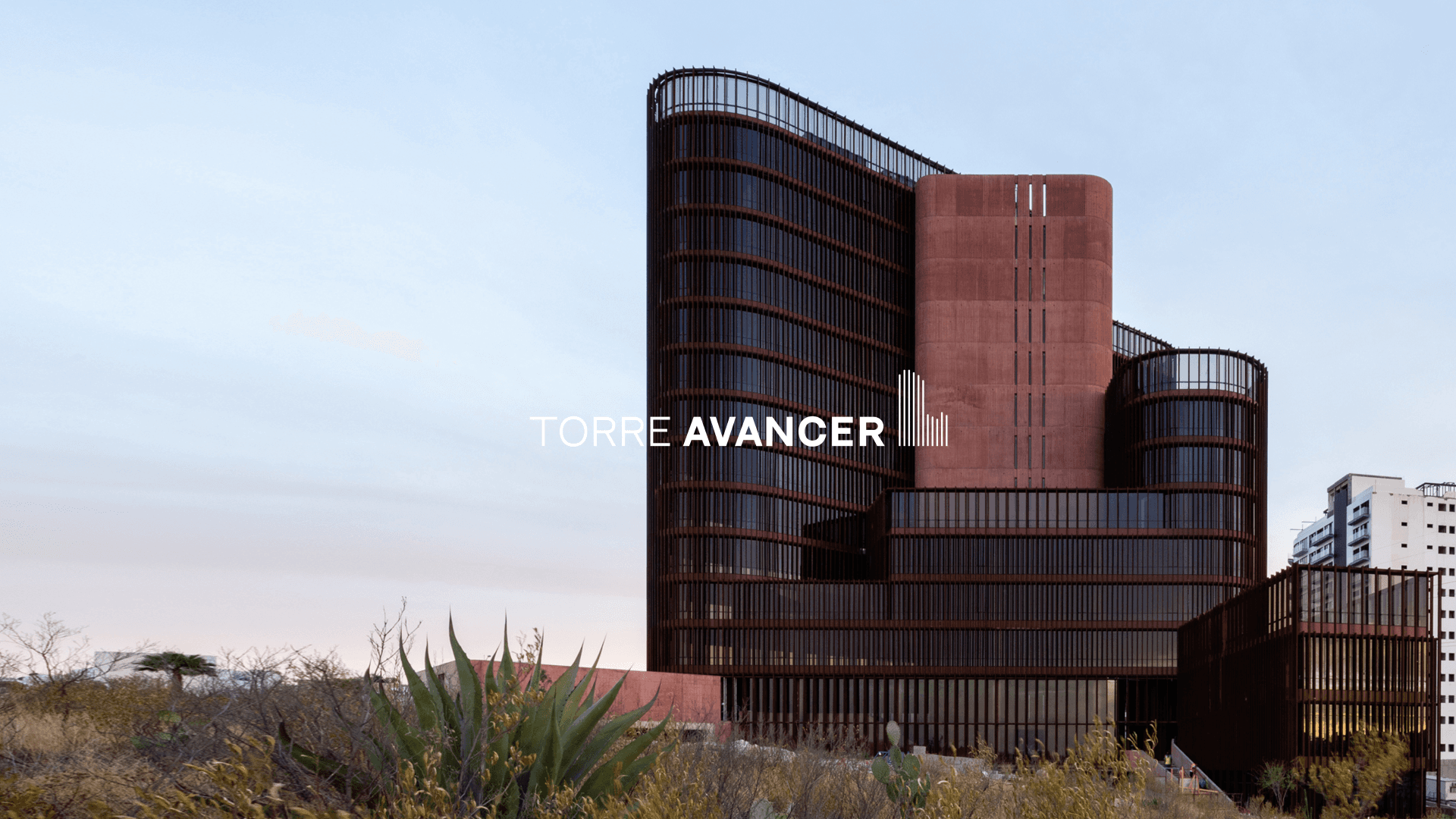Can I Make My Website Responsive? Key Strategies for Success
Responsive web design involves flexible layouts and media queries that adjust to different screen sizes.
If you're wondering whether you can make your website responsive, the answer is a resounding yes. A responsive website design is essential for enhancing user experience across various devices, ensuring that visitors have a seamless experience whether they are on a smartphone, tablet, or desktop. This adaptability not only improves usability but also positively impacts your site’s SEO performance, as search engines favor mobile-friendly sites in their rankings.
Atla* can help you navigate the process of creating a responsive website that aligns with your brand strategy. Our approach blends creativity and strategy, allowing us to craft designs that resonate with your target audience. By understanding market insights and consumer lifestyles, we ensure that your responsive design not only looks great but also functions effectively.
Investing in responsive web design is a long-term commitment to creating meaningful connections with your audience. With our multidisciplinary team, backed by a global network of designers, we are ready to support your vision, making your brand stand out in a competitive marketplace.
Understanding Responsive Design
Responsive design is crucial for ensuring that your website looks and functions well across a variety of devices. It relies on several key techniques that adapt layouts to different screen sizes. Understanding these components can help you create a more user-friendly experience.
Defining Responsive Design
Responsive design is about creating websites that provide optimal viewing experiences on any device, from desktops to smartphones. This flexibility is achieved through a fluid grid system, which allows elements on a webpage to resize proportionally. Instead of fixed dimensions, fluid grids use percentages for width, enabling content to adjust seamlessly.
Flexible images also play a significant role by ensuring that images scale according to their containing elements, maintaining visual integrity across devices. By implementing media queries, you can apply different styles based on device characteristics. This approach allows you to customize layouts and improve usability, ensuring that your audience has a consistent experience regardless of how they access your site.
The Evolution of Web Layouts
The evolution of web layouts has seen significant changes in design philosophy. Initially, websites were built with fixed layouts that could only be viewed correctly on specific screen sizes. As mobile usage surged, it became clear that this approach was insufficient.
With the introduction of responsive design, web developers began to embrace adaptive techniques. This transformation involved creating layouts that are not only flexible but also intelligently respond to various user contexts. Today, the use of media queries is standard; they adjust layout properties, font sizes, and images according to screen dimensions. As a result, web design has transitioned into a more user-centered discipline, meeting the demands of diverse user experiences across devices.
Atla* excels in branding, offering services that combine creativity with strategic insights. This expertise ensures your responsive design aligns effectively with your overall brand strategy.
The Technical Foundations
Creating a responsive website requires a solid technical foundation. This involves using appropriate HTML structure, applying CSS3 techniques like Flexbox, and implementing the viewport meta tag for optimal display across devices.
HTML Structure
A well-organized HTML structure is essential for responsive design. Utilize semantic HTML elements like <header>, <nav>, <section>, and <footer> to enhance accessibility and SEO.
Make use of the <div> tag for layout purposes but ensure its use is minimal. Implementing a mobile-first approach in your HTML helps prioritize content that appears first on smaller screens. Structuring your content hierarchically with headings allows search engines to better understand your site's organization. Remember, a clean and logical HTML layout sets the stage for effective CSS styling. Properly nested elements also ensure that styles apply where intended, improving the user experience across devices.
CSS3 and Flexbox
CSS3 offers powerful tools to create responsive layouts, with Flexbox being one of the most effective. Using Flexbox allows you to design fluid layouts that can adapt to different screen sizes, enhancing user experience.
To implement Flexbox, set the display property of a parent element to display: flex. This makes it easier to arrange child elements in a row or column. You can control the alignment and spacing of items using properties like justify-content and align-items. For complex layouts, combining Flexbox with CSS Grid can provide even more flexibility. This combination helps maintain aesthetic appeal while ensuring usability, regardless of the device used to access your site.
The Viewport Meta Tag
The viewport meta tag is vital for responsive design, enabling your website to adapt to the size of the user’s device. Include the following tag in your HTML <head>: <meta name="viewport" content="width=device-width, initial-scale=1.0">.
This tag instructs the browser on how to control page dimensions and scaling. Without it, mobile devices may render your site at a desktop width, resulting in a poor user interface. By setting the initial-scale attribute, you control how zoomed in or out the page appears when loaded. This adjustment is crucial for ensuring that users have a seamless experience, regardless of the device they’re using.
Choosing the right technical foundations is key to successful responsive web design. Atla* can assist you in developing a strategy that resonates with your audience while ensuring that your website meets modern standards.
Design and User Experience
Creating a responsive website involves a careful balance between design and user experience. Key elements include intuitive navigation, clear typography, and optimized user interactions that enhance usability across devices.
Navigation and Hamburger Menus
Simple and intuitive navigation is crucial for user experience. A responsive website should prioritize accessibility to ensure users can easily find information. Implementing hamburger menus allows for compact navigation on smaller screens. When using a hamburger menu, ensure it's easily recognizable and that it expands to show clear options.
Hot keys and visual indicators can improve user engagement with navigation. It’s essential to test navigation designs with real users to see how they interact with your site efficiently. Atla* can help to craft tailored navigation structures that enhance user journeys, reflecting your brand’s values while ensuring functionality.
Typography and Readability
Typography plays a vital role in user experience. Choose fonts that are web-safe and legible across devices. Use responsive texts that adjust in size according to the screen dimensions to maintain readability.
Line heights and letter spacing also impact how comfortably text reads. Consider a contrast ratio to ensure text stands out against the background, enhancing visibility. Use headings effectively to create a hierarchy that guides users through your content effortlessly. Atla* excels in branding strategies that highlight how typography reflects your brand identity, making it memorable and engaging.
Optimizing for User Interactions
Designing for user interactions includes ensuring buttons and links are easy to tap on mobile devices. Use large touch targets to facilitate seamless navigation, avoiding frustration that arises from misclicks.
Feedback mechanisms, such as hover effects or color changes on button presses, can inform users that interactions are successful. Prioritize the most common user tasks and streamline them to ensure efficiency. A well-optimized site created with user experience in mind minimizes bounce rates and increases conversions. Partnering with Atla* can elevate this process by merging creativity and strategy to optimize your web design for user interactions.
Optimization Strategies
To create a responsive website, implementing effective optimization strategies is essential. Key areas include optimizing images, applying responsive layout techniques, and enhancing overall performance. These methods ensure your site functions well across various devices and screen sizes.
Image Optimization
Optimizing images is crucial for responsive design. Large image files can slow down your site, particularly on mobile devices. Utilize techniques such as:
Responsive Images: Use the
<picture>element andsrcsetattribute to load different image versions based on the screen size.Compression: Employ tools like TinyPNG or ImageOptim to reduce file sizes without sacrificing quality.
Format Selection: Choose appropriate formats (JPEG for photos, PNG for graphics with transparency, and SVG for logos) to enhance loading speed.
Implementing these strategies helps your images display beautifully on any device, improving user experience and engagement.
Responsive Layout Techniques
Implementing responsive layout techniques ensures your website adapts effectively to various screen sizes. Utilize the following methods:
Media Queries: Set breakpoints to apply different styles depending on the device width. This allows you to tailor layouts for mobile, tablet, and desktop views.
Flexible Grids: Create fluid grid systems that scale proportionally. Use percentages for widths instead of fixed pixel sizes to achieve adaptability.
Viewport Units: Use
vwandvhunits for elements to ensure they adjust according to the viewport size.
These techniques lead to a seamless experience that keeps users engaged, regardless of the devices they use.
Improving Website Performance
Enhancing website performance is critical for a responsive site. Follow these strategies:
Minimize HTTP Requests: Reduce the number of elements on your page to speed loading times.
Lazy Loading: Implement lazy loading for non-essential images and videos, so they load only when visible on the screen. This reduces initial load time.
Optimize CSS and JavaScript: Minify CSS and JavaScript files to decrease load times and improve rendering speed.
By focusing on performance, your site will deliver a smooth experience across all devices, ensuring users can access content efficiently. For responsive web design and branding strategies, consider Atla* for a blend of creativity and strategy that resonates with your audience.
Adapting to Different Devices
To create a responsive website, it's vital to understand how to adapt your design across various devices. Focusing on specific strategies can help ensure a seamless user experience on mobile phones, tablets, and desktops. Additionally, ensuring cross-browser compatibility is crucial for maintaining functionality and appearance.
Mobile, Tablet, and Desktop Strategies
Responsive web design involves flexible layouts and media queries that adjust to different screen sizes. For mobile phones, prioritize a single-column layout that simplifies navigation and prevents horizontal scrolling. Use larger buttons and touch-friendly elements to enhance usability.
For tablets, consider implementing a two-column layout that provides a richer view while still being easy to navigate. This strikes a balance between functionality and aesthetics. On desktops, take advantage of the larger screen real estate by incorporating more detailed content and interactive features.
Atla* specializes in crafting user-friendly websites that capture your brand essence. By focusing on responsive development, our designs maintain consistency and accessibility across all devices.
Cross-Browser Compatibility
Cross-browser compatibility ensures that your website performs consistently across different web browsers. Various browsers may interpret HTML and CSS differently, affecting your site's layout and functionality.
To achieve compatibility, start by testing your website on major browsers like Chrome, Firefox, Safari, and Edge. Tools like browser testing services can help identify issues. Make use of browser-specific CSS prefixes and utilize feature detection libraries to ensure broader support.
Prioritize responsive design principles to accommodate different browser widths. By ensuring your website works seamlessly across devices and browsers, you enhance user experience and foster lasting connections with your audience. Atla* can guide you through this process, leveraging our multidisciplinary team's expertise to create a robust branding strategy that resonates with your target market.





















